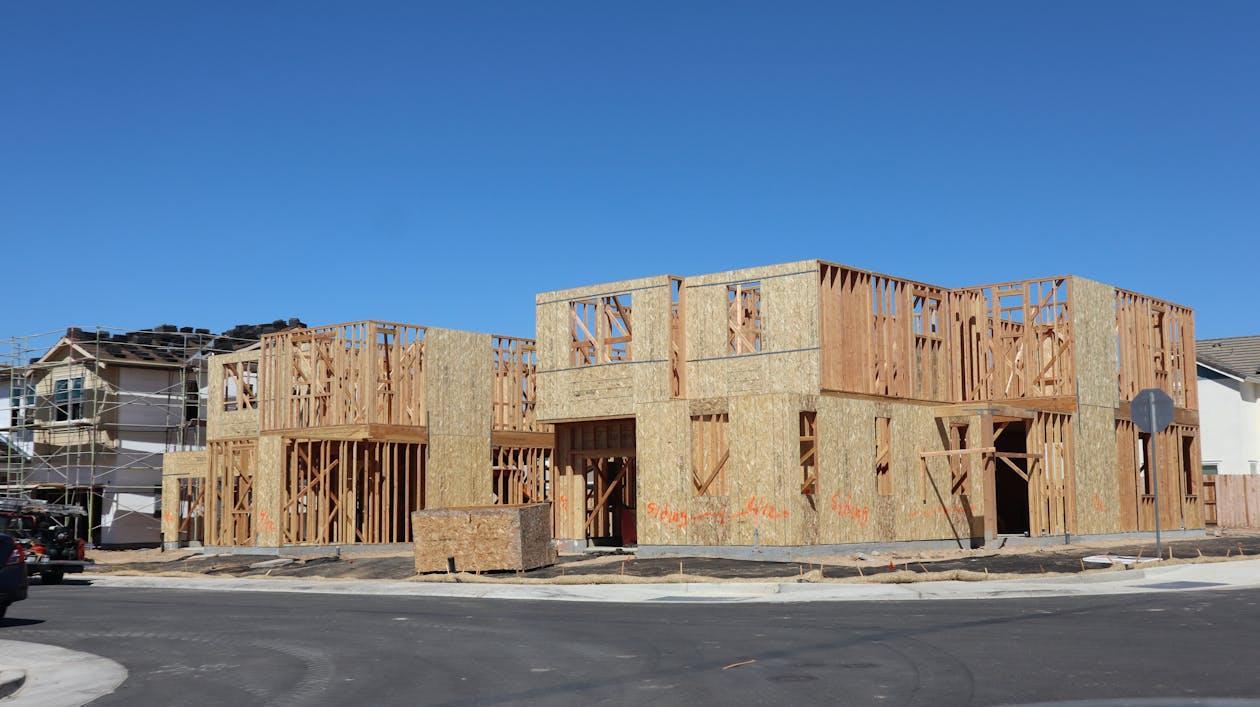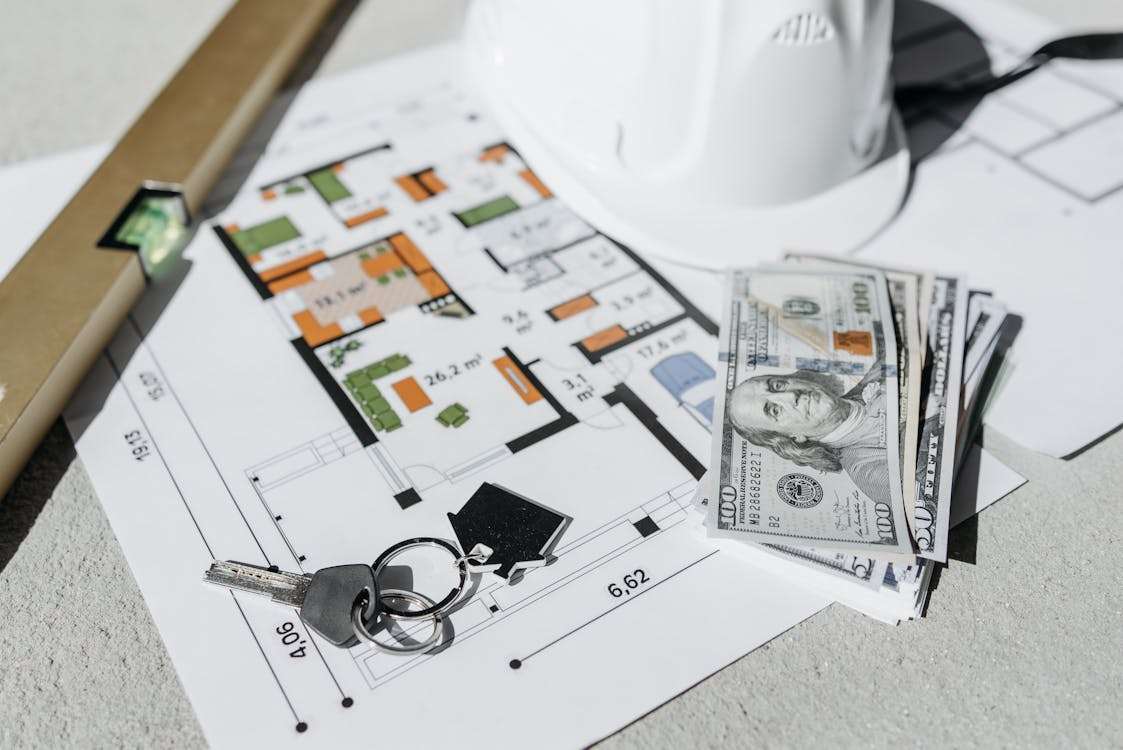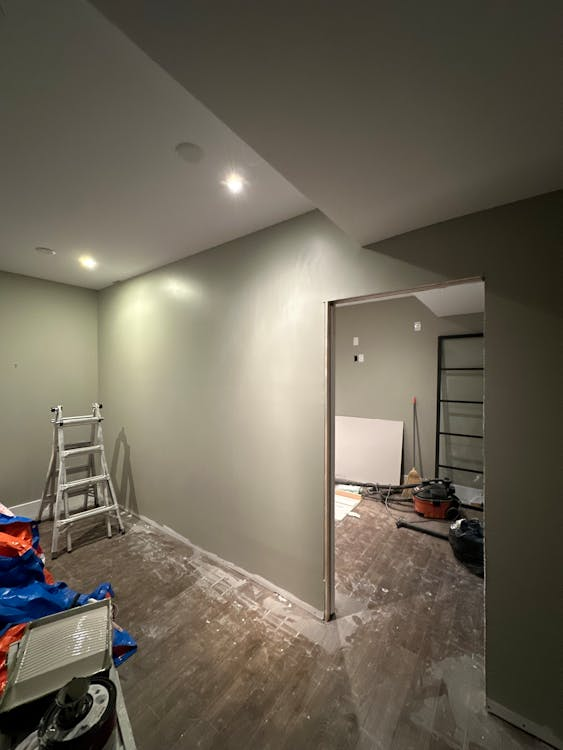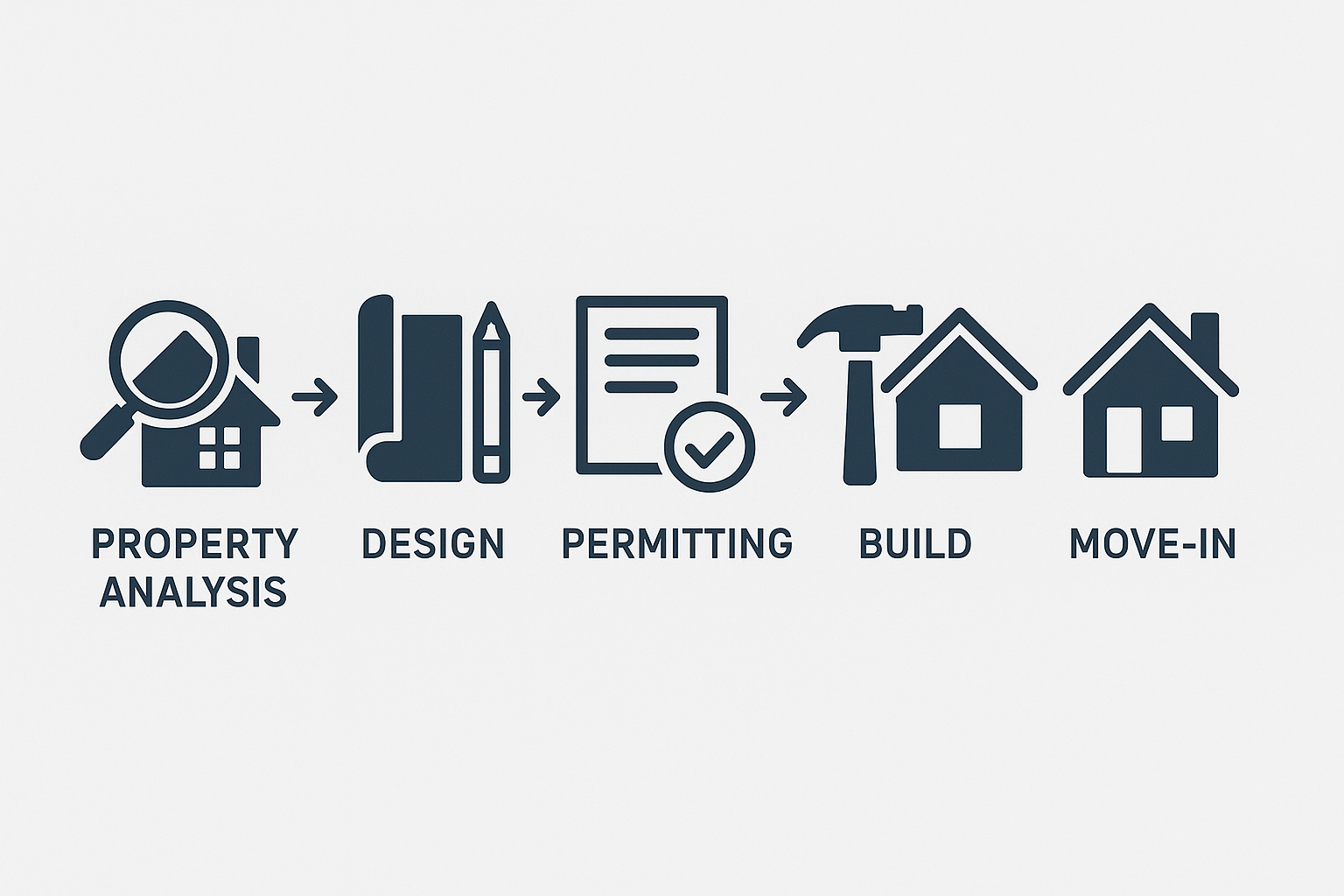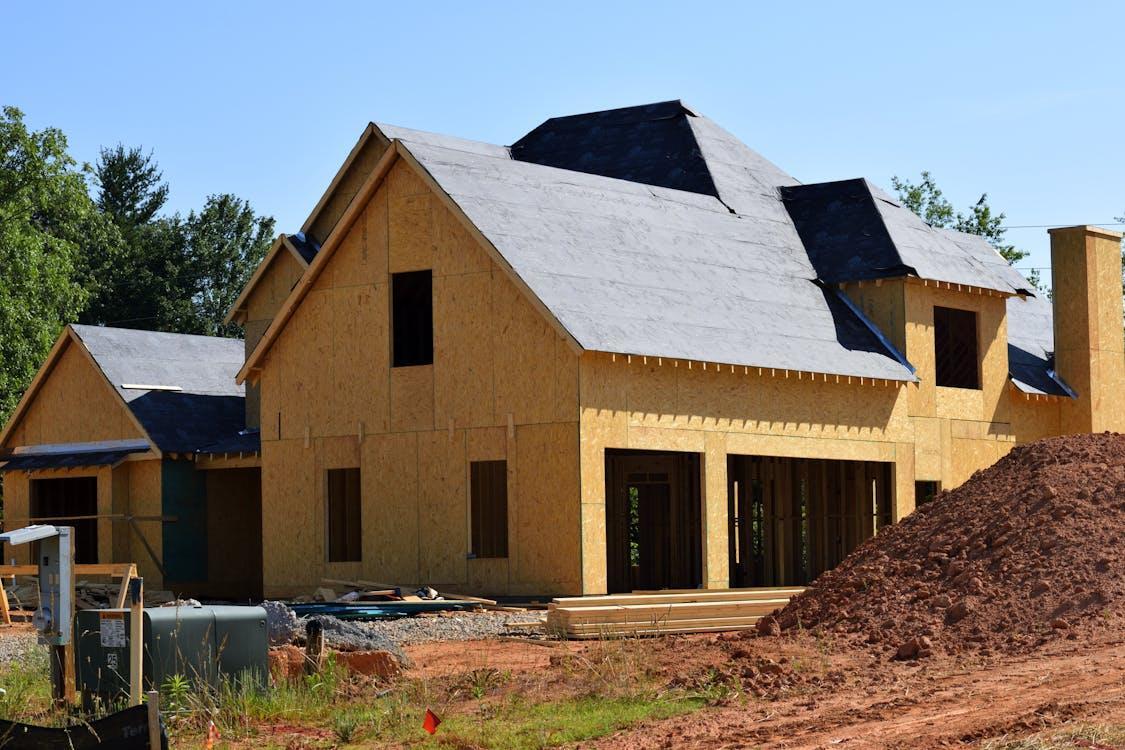The U.S. saw 1.36 million total housing starts in 2024—a strong signal that real estate growth is being driven by new construction, not just resale inventory. However, for many investors, funding ground-up projects isn’t simple. Traditional banks are slow, paperwork-heavy, and often risk-averse when it comes to speculative builds. That lag can stall deals and kill margins.
If you're looking to for real estate growth, new construction loans from real estate hard money lenders offer a smarter path. They provide the speed, flexibility, and phased funding structure you need to build—and scale—with confidence.
What Is a New Construction Loan?
A new construction loan is short-term financing used to fund the cost of building a new residential or commercial structure. These loans can cover:
- Land purchase
- Construction materials
- Labor and contractor costs
- Permits and inspections
- Interest reserves
Most loans last 12 to 24 months, with the expectation that the borrower will either refinance into a permanent mortgage or sell the property upon completion.
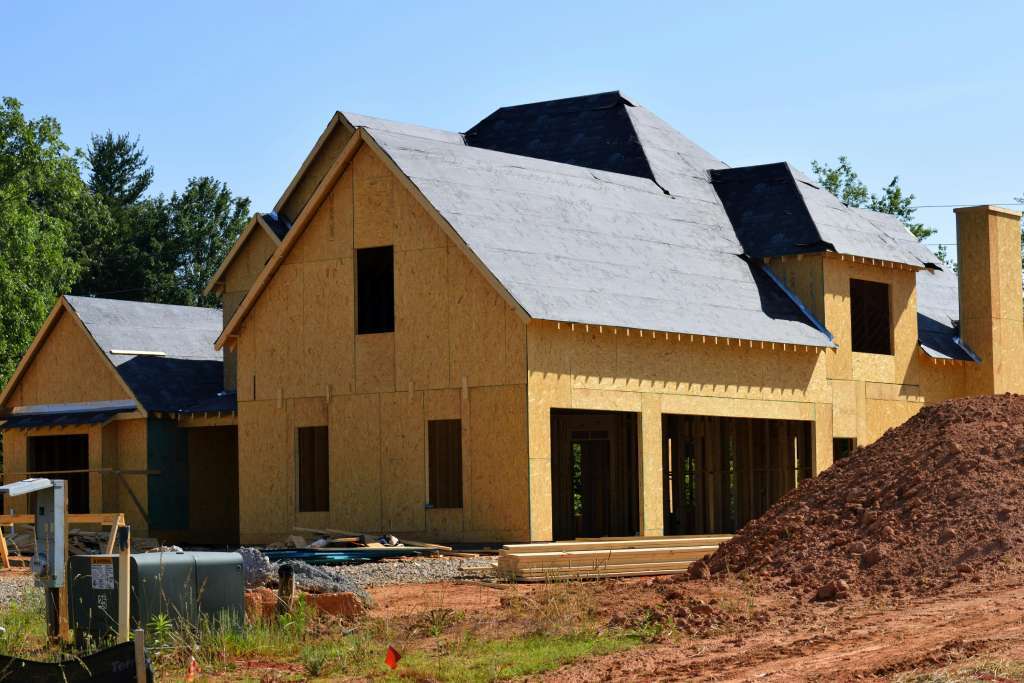
How New Construction Loans Work
These loans don’t pay out in a lump sum. Instead, the funds are released in draws—typically after an inspection at each stage of the build (foundation, framing, plumbing, etc.).
A typical structure looks like this:
- Land purchase (if included)
- Hard and soft costs: blueprints, permits, and materials
- Construction milestones: funding is released in stages
- Exit plan: sale, rental refi, or long-term loan payoff
This approach limits lender risk and ensures that funds are being used for actual construction progress.
Why Real Estate Investors Choose Hard Money for New Construction
Traditional banks are often hesitant to finance new builds—especially if the investor doesn't have an established track record or significant liquidity. Here’s where real estate hard money lenders step in.
Advantages of Hard Money for New Construction:
- Fast Approval: Close in days, not months.
- FlexibleUnderwriting: Based on asset value and build plan—not just personal credit.
- Leverage: Some lenders offer up to 85% loan-to-cost.
- Local Market Knowledge: Many real estate hard money lendersunderstand regional real estate cycles.
These loans help small builders and first-time developers fund projects they wouldn’t otherwise qualify for through traditional banks.

Loan Eligibility: What Lenders Want to See
Even with flexible underwriting, real estate hard money lenders will still want to see that you have a viable project.
Here's what most will require:
- Blueprints or architectural plans
- Detailed budget and scope of work
- Contractor agreements or GC credentials
- Land ownership or purchase agreement
- Exit strategy (sale or refi)
The better documented your project, the better your terms.

Building for Long-Term Real Estate Growth
New construction loans aren’t just about funding one house or duplex. They allow you to build repeatable systems that scale your real estate investment strategy.
Here’s how:
- Control Build Costs: Build below market value, increase instant equity.
- Force Appreciation: Increase property value through smart design and quality work.
- Cash-Out Equity: Refinance finished builds and roll funds into the next project.
- Rent and Hold: Use a DSCR or rental portfolio loan to turn new builds into passive income.
Many of today's small-to-midsize developers are using this model to move from “one property at a time” to a pipeline of ongoing real estate growth.
Risks and How to Manage Them
Like any real estate investment, new builds come with risks. Here's how to reduce them:
- Construction Delays: Pad your timeline and budget by 10–15%.
- Cost Overruns: Lock in material prices with suppliers whenever possible.
- Permitting Hiccups: Hire experienced contractors familiar with local code.
- Exit Issues: Always have a backup plan—refinance options matter.
Working with a reputable real estate hard money lender who understands your market is one of the best ways to mitigate risk.
Is a New Construction Loan Right for You?
Consider this option if:
- You have land and plans to build within the next 30–60 days
- You’re working with a qualified general contractor
- You want to build new homes or small multifamily projects
- You have an exit strategy: sell or hold with rental financing
- You’re comfortable with phased funding and inspections
If this describes you, then a hard money loan for new construction can be your strongest tool for real estate growth.

Use New Construction Loans For Real Estate Growth By InstaLend
With the right plan, team, and funding, new construction loans allow investors to scale smarter and faster. Paired with guidance from a professional real estate hard money lender, new construction loans can fast-track your real estate goals.
So, are you ready to turn your blueprints into profitable builds? InstaLend offers fast, reliable new construction loans tailored for investors looking for real estate growth. Whether you're building single-family homes or multifamily properties, we provide the funding and support you need—on your timeline.
Apply today and start building the future of your real estate investment portfolio.



